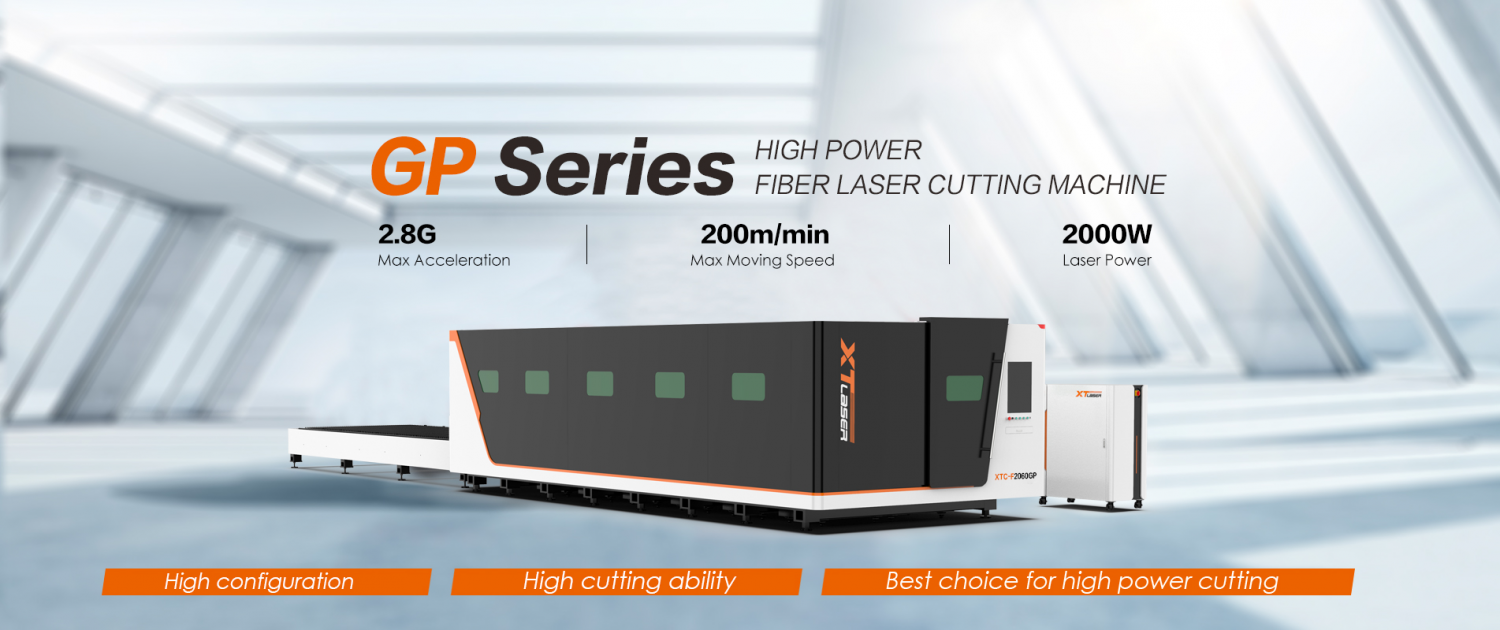The Influence of Auxiliary Gas on Laser Cutting-Serena
The Influence of Auxiliary Gas on Laser Cutting
The Influence of Auxiliary Gas on Laser Cutting
When the laser cutting machine cuts carbon steel. It usually uses auxiliary gas. Common auxiliary gases include oxygen, nitrogen and air. What is the difference between these three gases when cutting carbon steel?
First of all, the laser cutting machine uses air as the auxiliary gas and the cost is very low. Air cutting saves the high cost of auxiliary gas. And only needs to consider the electricity cost of the air compressor and the equipment itself. When cutting thin plates, the efficiency of air cutting can compare with that of nitrogen cutting. And it is an economical and efficient cutting method. But air cutting also has obvious disadvantages when cutting. First, the cutting surface will produce burrs. It require secondary processing to clean up.It is not conducive to the entire product production cycle. Second, the cutting surface will turn black. It will affect the quality of the product. Laser cutting itself has the advantages of efficiency and quality accuracy. But the disadvantages of air cutting have caused many customers to abandon this cutting method.
Secondly
the laser cutting machine chooses oxygen as the auxiliary gas. Oxygen cutting is the most common and traditional cutting method. The advantage of a laser cutting machine using oxygen is mainly reflect in the cost of the gas. For example, there is no need to frequently change the auxiliary gas when cutting carbon steel. It can increase cutting efficiency and facilitate management. But the disadvantage is that after oxygen cutting, an oxide film will remain on the cutting surface. If the product with oxide film is directly weld. The oxide film will naturally peel off after a long time. And the product will form a virtual weld. It affects the welding quality.
Finally, for laser cutting, nitrogen can also be selected as an auxiliary gas. When oxygen is used as an auxiliary gas, an oxide film will be formed on the cutting surface. But the use of nitrogen can prevent the appearance of the oxide film and form a non-oxidized cutting. The surface of the non-oxidized cutting is generally white, which can be directly processed by welding, spraying, etc. The characteristics of strong corrosion resistance also make its application very wide.


